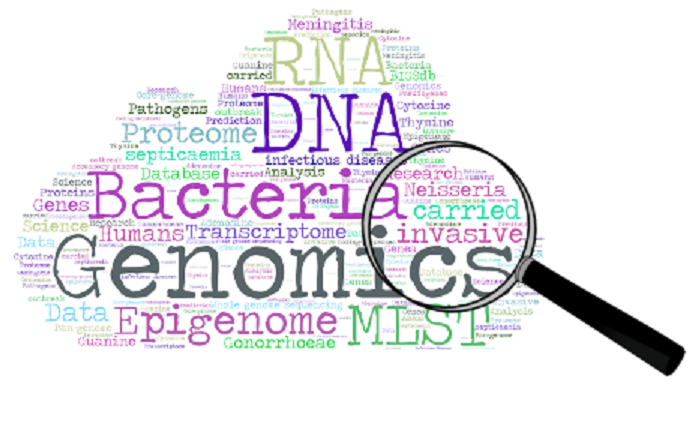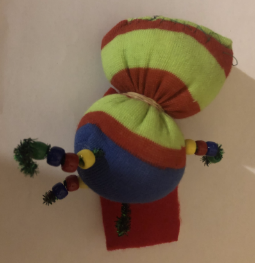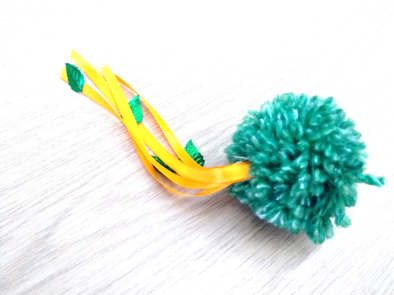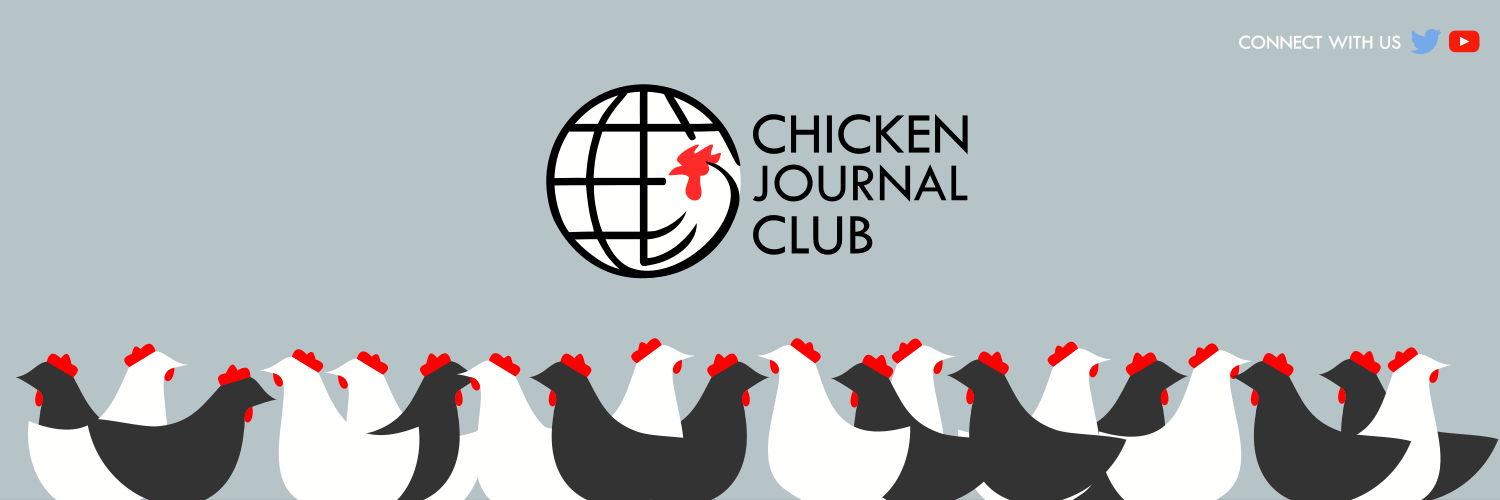Public Engagement Actvities

Citizen Science approach to a big data problem in genomics and public health microbiology
‘We are drowning in information but starved for knowledge’* a statement that is currently very relevant to public health microbiology, the science that tries to keep people safe from infectious diseases. A particular problem is the enormous amounts of information generated by reading the DNA of disease-causing microbes. Advanced computer programs can help with this, but people are much better. This project enables interested members of the public help us to understand epidemics, pandemics, and the microbes that cause them. Using the citizen science platform ‘Zooniverse’ (https://www.zooniverse.org/), state-of-the art animations will show participants how to examine the genetic makeup of disease-causing bugs. Then, using special on-line tools, they will analyse the data. The results will be fed through to scientists who will assimilate their information into knowledge that will be incorporated into the website. The goal is a two way-dialogue to build and disseminate understanding while simultaneously generating engagement with research. *John Naisbitt, (Megatrends, 1988)


How to be a Genome Detective (ages 16-17+)
CASE 1: Since 2010, all meningococci causing disease in the U.K. have had their genomes sequenced providing a unique opportunity to determine which strains have been causing infection in the U.K. in the last decade. Here, you will be exploring the genomes using an online web accessible database. In so doing, you will gain an insight into how public health labs and epidemiologists track disease causing meningococcal strains and how the genomes are characterized. What new strain can you find in the data?
CASE 2: the sexually-transmitted disease gonorrhoea has been increasing worldwide and a problem that is increasingly problematic as strains become resistant to antibiotics treatment. Studying genomes of these gonorrhoea strains provide an opportunity to improve our understanding of the genetic determinants of resistant phenotypes. This knowledge helps us monitor the spread of antibiotic resistance and enhances surveillance. Explore how we analyse gonococcal genomes and, in particular, how resistance to one particular antibiotic, ciprofloxacin can develop in the gonococcus. Then test what you have learned to see if you can predict which strains are resistant and which are susceptible using genome data.
Bacterial Diversity. What makes them Unique? Bacteria come in all shapes and sizes, but they all contain DNA, ribosomes, and proteins. Some bacteria have long tails, called flagella to move, and smaller hair-like pili to attach to things. Come learn about bacteria, craft your own plush toy stuffed full of unique and wonderful things; then see if you can match your creation to a real-life bacteria, what have you made?!


Bacteria in the Environment. Bacteria don’t just live inside you, they live everywhere! The Kineococcus species are coccus (round) bacteria that use long tails called flagella to move around. They have been found living in desert sand, the ocean floor, the roots of a medicinal plant, and even radioactive waste! Come learn about environmental bacteria and craft your own pompom Kineococcus and tell us what its life story is.
The Chicken Journal Club (researchers and the public)
A transdisciplinary international network interested in all things chicken, trying to break the boundaries of science by collaborating and communicating in various platforms, starting from a journal club format. We host regular meetings in a journal club format to present, discuss and showcase our science. We are looking to expand to more SciComm-related activities such as crash courses and have build social media presence using twitter @ChickenJClub and Chicken Journal Club YouTube channel.

Past Events
Oxford UNIQ school: 2010-Present (ages 16-17)
Up to 30 different courses, run in the spring and summer, give a taste of the Oxford undergraduate student experience. Participants live in an Oxford college for a week, attend lectures and seminars in a chosen subject area, and receive expert advice on the Oxford application and interview process. The experience includes social activities, a free to tour the city, and sample some of the University's sports and cultural facilities.

- Bioinformatics Genomics Approaches (Summer 2020) - Computational practical in which bacterial genome data were analysed and compared.
- Hands-On Microbiology (Spring and Summer 2019) - A 4-hour laboratory practical on microbiology. To show students how to work in a lab with bacteria; and understand what bacteria are and learn some of the techniques used by microbiologists to identify them. By the end of this practical, students gained an understanding of the diversity present in microorganisms and learn fundamental microbiology concepts.
- Genomics Experience (2010-2012) - A 3-day laboratory project in genetics covering DNA and molecular laboratory procedures including sample collection, isolation, amplification, separation, and variation analysis. Students use a sample of their own DNA extracted from their saliva to analyse the D1S80 locus on chromosome 1. Interspersed are short talks about the use of DNA analysis in forensics, bioarchaeology, genetic counselling, and other fields. As a final project students analyse the evidence that identified the missing Romanov family.
Science Week: North Kidlington Primary School (February 2020)
One of our scientists went back to school to meet with children aged 4 to 11 years. We looked at all sorts of things (including a hairy spider) under a microscope, and learned about a ‘day in the life of a scientist’.
Iffley Academy Scientist Session (January 2019)
Children learn about bacteria in order to create their own versions, which were turned into spectacular puppets with the help of an artist.
Study Higher: Academic Taster Sessions (August 2018)
Animal Sciences Residential Course - hosted by the Royal Agricultural University, Cirencester, UK. Teaching about food safety and microbiology for disadvantaged students, in order to promote access to further education.

-
Party in a Petri Dish (December 2018) - Turkey terrorisers, how to stop them ruining your Christmas.
-
Super Science Saturday: Micro World (November 2018) - Microscopic fun as we peer into the minute world of bacteria, parasites, DNA and more! Take part in bacterial board games, music, crafting and fairground style games, including a dance mat and coconut shy. All led by Oxford University scientists sharing their research. All activities are hands-on and feature some or our tiniest Museum specimens. Discover a whole new world under the microscop.
-
Board Game Science (October 2018 - March 2019) - Using different board games to communicate information about science and research. To engage families with different natural history topics using fun and inter active games and encouraging families to spend time learning and playing together.
-
The Bacterial World Exhibit (October 2018 - May 2019) - The exhibition aims to illustrate the essential role of bacteria in the development of our planet and in our current and future well being, while also casting a spotlight on their private lives-from warfare to sex.
-
Late Night at the Museum: Uncultured (October 2018) - Ages 16+ delve into the private lives of bacteria and discover how these tiny organisms run the world in this evening of performances, talks, workshops and games. You can eat fermented food, print, play games, hear musical performances, and even make your own bacterium.
-
Oxfordshire Science Festival (March 2015) - Scientists showcase the search for a meningitis vaccine. Using a dummy, students can try their hand at taking a throat swab and plating the bacteria collected on growth media to show how clinical scientist search for the bacteria Neisseria meningitis in the throat and help researchers find a vaccine.

Founder Festival (October 2017)
- Robert Hooke, Micrographia (all ages) - published in 1665, Micrographia, is particularly notable for being the first book to illustrate insects, plants etc. as seen through microscopes. Published in January 1665, the first major publication of the Royal Society, inspiring a wide public interest in the new science of microscopy. It is also notable for coining the biological term cell. Come meet the surprisingly beautiful world Robert Hooke discovered with his microscope and start making your own 'Micrographia'.

Curiosity Carnival (September 2017)
- Viral Footprints – Evolving Viruses (ages 4+) - The term footprints is used by scientists to describe the genetic changes occurring in viruses as they evolve and adapt to hide from our immune system. Researchers study these changes and use them to understand how the virus and the body interact. Approximately 250 million people worldwide are infected with hepatitis B virus and current treatments don’t help them. Come learn why some people develop long-term infection and explore how a virus and its changes.
- DNA – The Double Helix Game (ages 5+) - DNA (deoxyribonucleic acid) is the genetic material in all known living organisms and some viruses. In this game your job is to first make exact copies of a double-stranded DNA molecule by correctly matching base pairs to each strand, and to then determine which organism the DNA belongs to. Can you copy the code as fast as the ribosome can?!